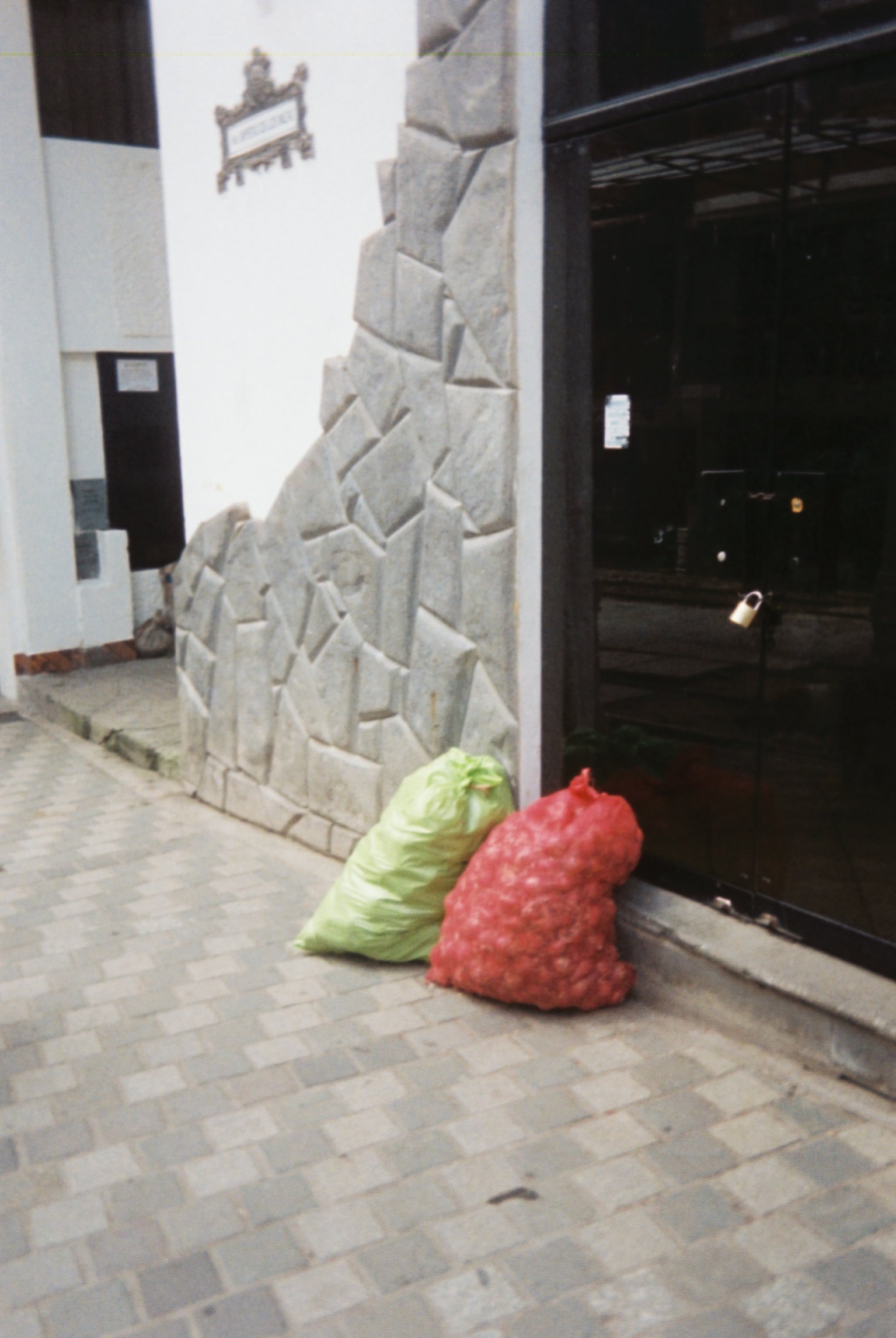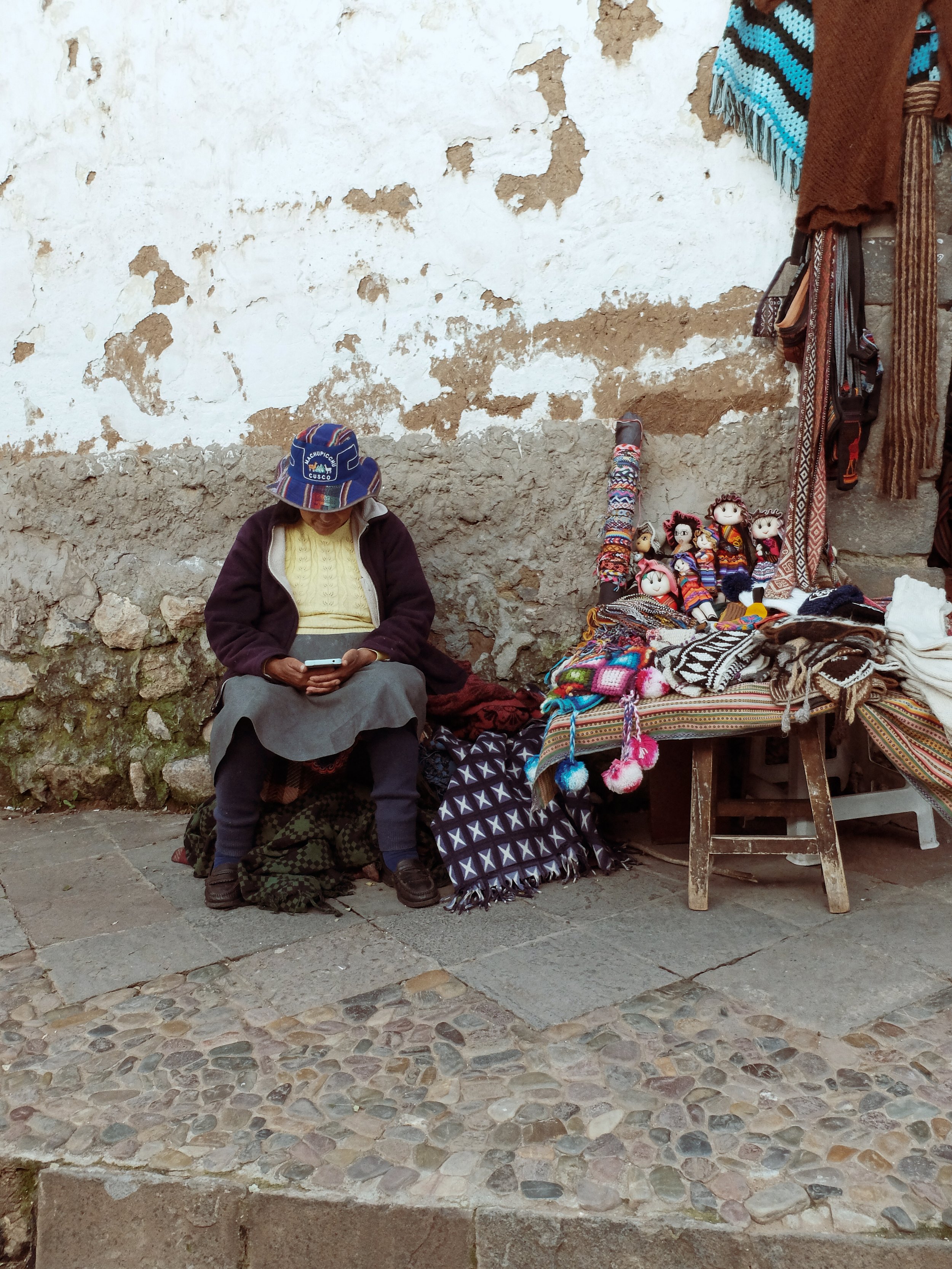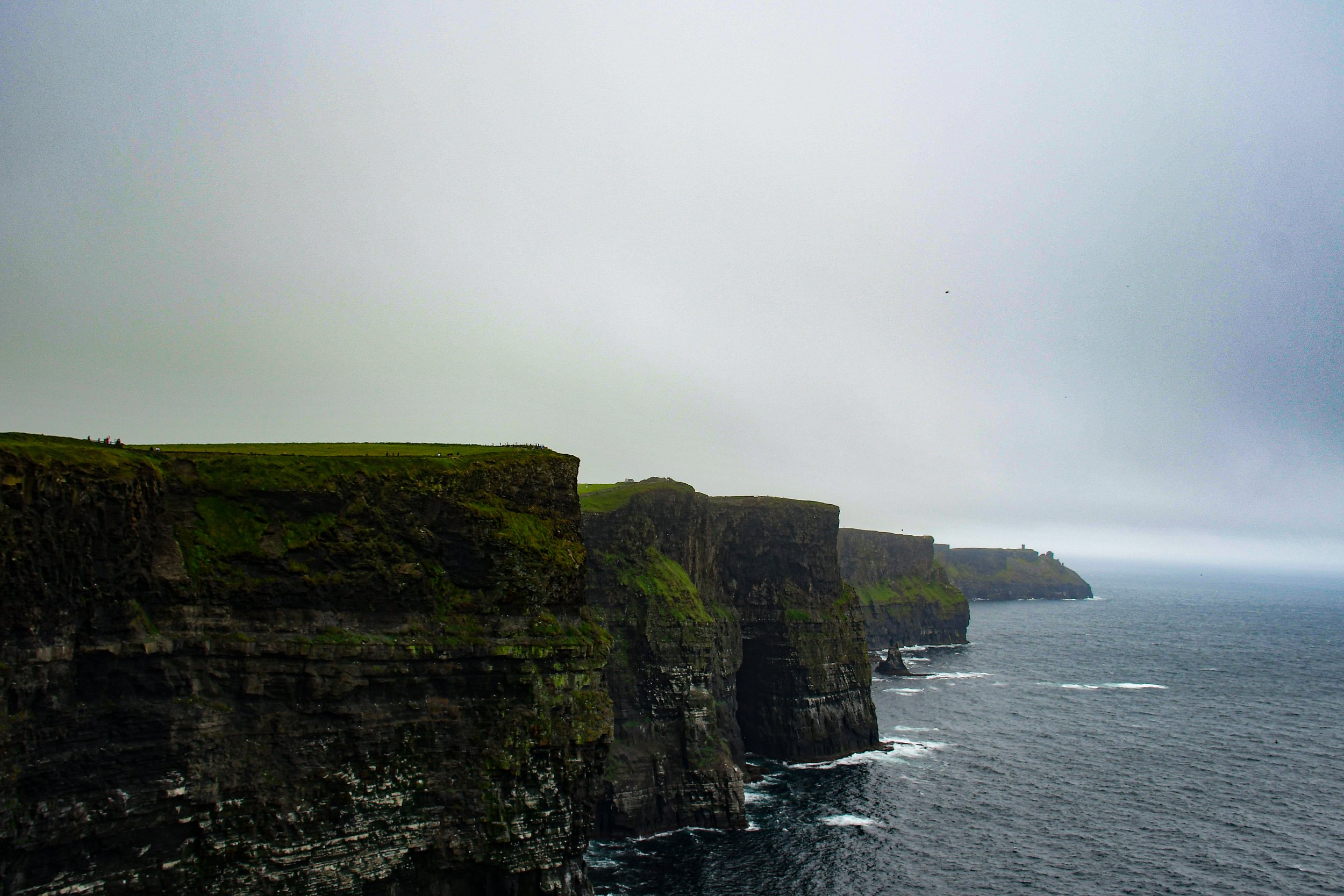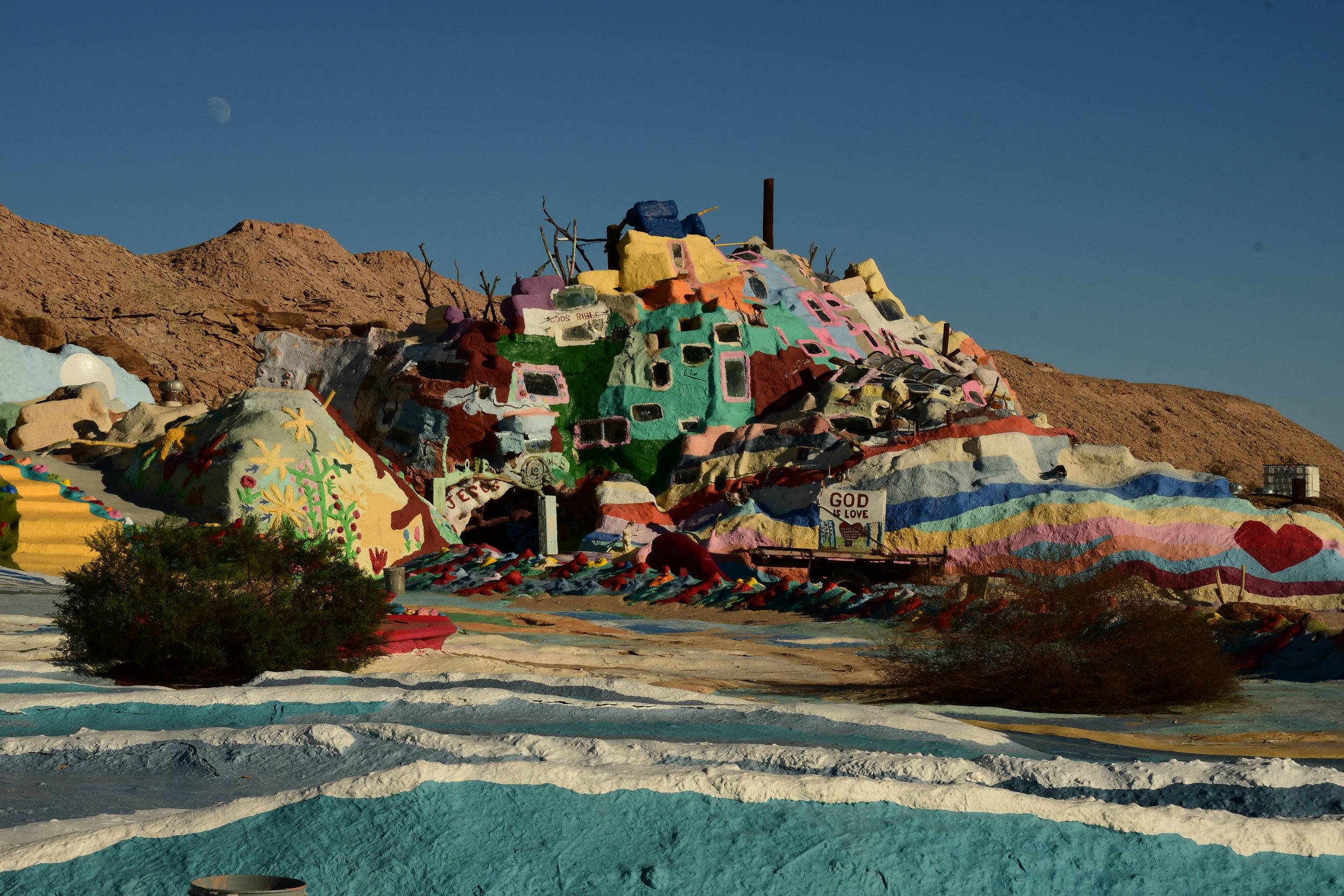in april I walked 116km across spain on the camino de santiago. true to my dedication to the shitty camcorder, I brought it along to capture the experience. long live camcorder vids!
travel
hi there scotty
spent a january morning in death valley national park touring scotty's castle with the national park service & my camcorder. also known as death valley ranch, the expansive former residence has been closed for repairs since 2015.
hot waters
after four days hiking the inca trail & a morning spent in the ruins of machu picchu we stopped in machupicchu pueblo (also known as aguas calientes) for lunch. before catching the train back to ollantaytambo to start my return to cusco, I wandered the streets & the bustling market with new found friends & my little point & shoot film camera.
streets of cusco
walking the bustling & narrow streets of cusco with my fujifilm x30. once the capital of the incan empire, now the main hub for peru’s tourism industry.
frozen sands
something I always liked to do when I lived in brooklyn was go to coney island in the winter. this beach-town is almost totally abandoned during the colder months as the theme parks & boardwalk shops wait for summer to return before unlocking their gates & opening their doors. on my recent weekend in nyc I spent a very cold morning (28 degrees fahrenheit) walking along the boardwalk with my camcorder & making friends with the suspicious seagulls.
standing stones
journal:
“I don’t think I understoond the word verdant until now. not fully. whereas dublin is grey & a bit blunt the countryside is lush & rugged & rolling hues of green interspersed with slate rock & peat bogs.
the roadsides are dotted with serene collections of mountain sheep grazing away as the cars move around them like a planet in orbit. they can sense the rain & lay down when it’s on its way. sometimes they lay together in little groups of 2 or 3 resting their pitch black faces on each other like woolen pillows.”
poulnabrone dolmen is the largest & best preserved of irelands some 172 dolmens or pass through tombs. the partial remains of at least 33 people have been found here, indicating the site was used for ritual rather than an long term burial location. the structure dates to the neolithic era, but was in use up through the bronze age.
edge of the world
located on the southwestern edge of ireland’s burren region in county clare, the cliffs of moher run roughly 9 miles along the coast. at their highest they rise more than 700 feet from the atlantic ocean below.
camcorder video diary
the cliffs were formed between 313-326 million years ago as a result of a river dumping silt, sand, and clay along an ancient delta. this sediment was collected over millions of years & compacted & lithified into sedimentary strata now exposed as the cliff face. the punishing atlantic ocean waves are now eroding the cliffs, causing them to collapse under their own weight.
you may recognize the cliffs of moher from their supporting role as the “cliffs of insanity” in the 1987 epic the princess bride.
I arrived in the early afternoon to an otherworldly view of the atlantic & the infamous cliffs shrouded in sea mist & swept by gusts of cold salt air. the cattle and sheep of the surrounding countryside didn’t seem to notice the bluster, & continued their lunchtime grazing without incident.
the cliffs now see over 1.5 million visitors per year.
emerald isle in black & white
recently returned from my trip exploring ireland. despite bringing a wide range of cameras with me, sometimes the iphone is all you need.
salvation
recently I found a handful of rolls of used film. with no memory of what might be on these I sent them off the be developed. this selection is from a road trip to salvation mountain about 5 years ago.
fresno
a few film shots from a road trip to fresno, 2019. getting re-interested in film at the moment. the textures make everything feel like a dream.
a little longer than expected
spent some time yesterday lost in the mojave in red rock canyon state park. things could have gone very badly, but I had adequate supplies & the skills to navigate my way out & back to the highway. but it turned my 5ish mile morning hike turned into a 10+ mile trek.
I love the desert & a big part of that is the way it can be both dangerous & beautiful, as well as its unpredictability. the desert can be a hostile place but it’s also thriving & full of life. I still love the desert, but I’ll take a break from 10 mile hikes for a couple of weeks at least!
llano
Perpetual politician Job Harriman lost his 1911 race for mayor of Los Angeles & turned to Antelope Valley to put his socialist principles into practice.
Harriman, along with a handful of other socialist peers, purchased some 9000 acres that had previously belonged to a temperance colony just 45 miles north of Los Angeles in the high desert. The group formed a corporation wherein each had an equal share & set about financing a new socialist colony to show the capitalist outside world what was possible. By 1914 the Llano del Rio company was born.
Membership of the colony was advertised in several nationwide socialist newspapers & required the purchase of 2000 shares in the company at $1 each. Applicants required references & an interview before they were accepted. They needed to be industrious, sober, & caucasian: Llano del Rio was whites only. The company had this to say about their segregation: “the rejection of these applications are not due to race prejudice but because it is not deemed expedient to mix the races in these communities.”
Community members were drawn to the colony on the promise of good wages, vacation days, & the allowance of personal property. These enticements were met only partially & the promised wages of $4 a day never materialized. Despite its goals, Llano was not utopia.
The community’s political stability was threatened by internal power struggles. Governed by a board of directors, Llano’s stockholders & residents (known as the general assembly) began to resent the consolidation of power at the top. Direct democracy also proved to be a logistical issue. Long discussions were held on every aspect of colony life, include when to harvest crops. An inability to reach consensus on a harvest timeline led to some crops rotting in their fields.
Water also proved to be an issue. Though the company had purchased water rights when they acquired the land, they needed to apply to the state for permits to build a dam for irrigation. The California commissioner of corporations, adamantly against socialism, denied the permit request. Neighbors also began to sue the company for water access, most were spurred to action by their dislike of socialist principles.
By late 1917 Llano del Rio was collapsing. Drowning in debt & with more legal troubles on the horizon, the company sought a new location in Louisiana. A handful of colony members made the cross-country move. By 1918 California’s Llano del Rio company had declared bankruptcy. Ruins, directly off the west bound side of route 138, are all that remain of this vision of a socialist future.
road dreaming
dreaming about another adventure in iceland.
someday I want to drive the ring road in summer—
just me
between the island
& the sea.
looking in reykjavik windows, 2018.
Amoebas
Founded in the 90’s in Berkeley, California, Amoeba Music is the world’s largest independent music chain. The San Francisco location, in the infamous Haight-Ashbury district, occupies over 24,000 square feet inside a former bowling alley. Opened in 2001, the Hollywood location on Cahuenga & Sunset Blvds instantly became a landmark, with its distinctive architecture & entire second floor dedicated to DVDs.
In 2018 Amoeba Hollywood faced eviction, as land owners decided to tear down the store to make way for a slate of luxury high rises after its lease ends in early 2019. The record giant plans to move to a new, albeit smaller, location nearby in Hollywood sometime this year.
Salvation
Salvation Mountain, deep in the California desert, is what’s known as a “visionary environment” or an extensive art installation intended to express the intense personal experience of its creator. This monument, built & maintained by Leonard Knight until his death in 2014, is built of adobe, straw, & literally thousands of gallons of lead-free paint.
The philosophy of the site hinges on the Sinner’s Prayer, an evangelical Christian term referring to a prayer of repentance. In creating the mountain, Knight felt he had been called by God to share His love.
The site is now maintained by a rag-tag collection of volunteers, most of whom live in the surrounding desert area known as “Slab City”.
Exploring - DTLA Arts District
the arts district is a once gritty neighbourhood on the eastern edge of LA’s downtown. formerly an industrial area with buildings that date to the early 20th century, the arts district is now home to art spaces & cafes, as well as repurposed factory & warehouse buildings.
the transformation of the area began in the mid 70’s when a group of california based artists saw potential in the empty industrial buildings & began converting them into studios & commercial spaces. by the 1980’s the city of LA created a special “artist in residence” zoning variation to regulate the often unsafe conditions of the repurposed buildings.
because much of the area was originally abandoned its rise doesn’t qualify as traditional “gentrification”, though the area’s popularity is increasing right alongside the rents on the live/work spaces it is known for. by 2014 the average annual income of arts district residents was $120,000.
All Signs Point to Mecca
mecca california is an unincorporated community along the north shore of the salton sea in southern california's colorado desert. the sea & the surrounding settlements are almost directly on top of the famed san andreas fault.
the area surrounding the salton sea had a short life as a resort town in the 1950's, but the ever-increasing pollution of the lake all but ended tourism in the area. the sea is now surrounded by the sun bleached corpses of fish & water birds poisoned by its toxic waters, as well as the remains of shops, resorts, & motels either totally abandoned or repurposed by the community's handful of current residents.
Dreaming in the Tall Grass
travel diary:
I imagine myself laying in the waist deep grass of the normandy marshlands. it rolls out in every direction until it simply ends on the coast with the creeping high tide. the end is not the hard line the map makes it out to be, but rather it is a place where greenyellow blurs into slowly rolling grey. I watch as my boots slough mud on the trampled blades.
Details - Lock It Up
a love lock is a padlock which lovers attach to a bridge, gate, fence or other monument to symbolize their love. paris' pont des arts bridge is perhaps one of the most famous locations for these locks, though the practice has spread to virtually all of the 12 bridges crossing paris' seine river.
I had always thought the love lock tradition began in paris, but this is incorrect. the practice was happening earlier in asia & eastern european countries & only moved to the city of light in roughly 2008.
attaching these locks to public structures is considered vandalism in most countries & the locks are periodically removed by local governments. but you'll still find them en masse on the bridges of paris.
Details - Brocante Market, Paris
travel diary:
I can't remember the location of the market, only that we had highlighted its general vicinity on our folded map. first we found an enclosed space, like the pike place market I had visited as a child, most of its stalls shuttered for the day or for the summer vacation. disappointed, we walked around back & into a bustling square where vendors had laid out their cornucopia of wares on well worn tables.
we wander between the rows of books, knick knacks, antiques, & clothes. I buy a small silver box, tarnished to a dark grey. priced at 15 euro, but I only pay 10. past the square a street is transformed into a fruit market, bees flocking to sliced watermelon & split open pomegranate.
+++
Brocante is colloquial french for flea market. the formal form is marché aux puces (literally "walk of fleas").










































































